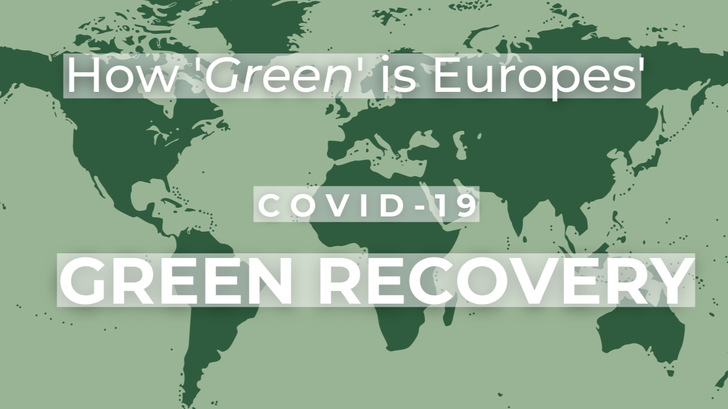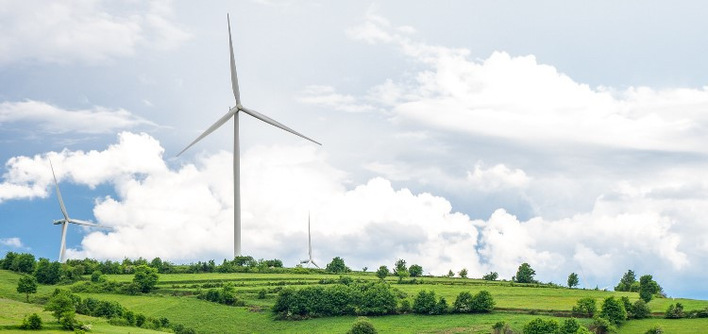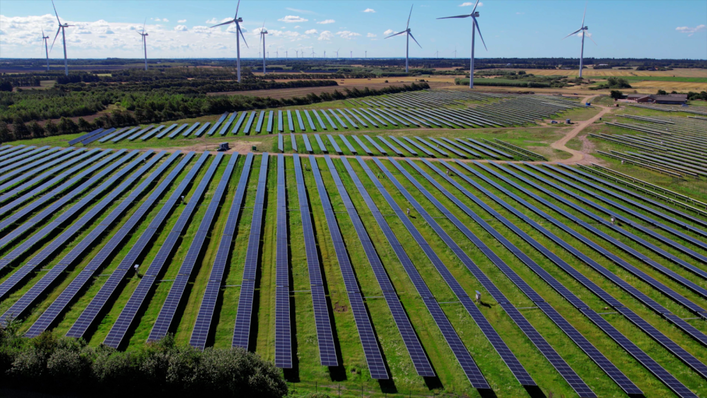Meanwhile, despite receiving relatively little attention, climate change did not hit the pause button: 2020 was the hottest year on record, this month a new critical record of CO2 emissions in the atmosphere was reached, reminding us that the climate crisis needs our utmost attention.
Already at the beginning of the pandemic, environmental groups demanded for governments to make use of this unprecedented situation by installing measures for ecological and sustainable transformation. As a response, states around the world announced to pursue a ‘Green Recovery’ from the Covid pandemic. This should include first and foremost the transition to a low-carbon economy. But also, sustainability advancements in all sectors, like building and transport and increased energy efficiency are supposed to play a role.
How will the EU recovery funds be spent?
Now it has been over a year since the world slid into the pandemic and it is time to take stock on the measures implemented to pursue a Green Recovery. In March, the UN pointed out that states were failing to make their actions match their rhetoric on Green Recovery. And this month, CAN Europe created a platform for monitoring the EU’s Covid-19 recovery plans, evaluating whether they are ‘green’. A sum of €750 billion has been attributed to supporting EU countries in their recovery. The question is: how will it be spent? CAN Europe has lined up the measures that EU countries envision to pursue with this money, dividing the policies in ‘good’, ‘bad’ and ‘ugly’. Unsurprisingly, the ‘good’ ones only amount to a fraction of the ‘bad’ and ‘ugly’ ones. Many countries like France and Germany continue to pour money into fossil industries and support biodiversity-threatening and polluting practices. One notably positive example comes from Denmark, which recently announced to spend 60% of the EU recovery fund on climate measures. More explicitly, on their target to reach a 70% decrease of carbon emissions by 2030.
See also: “COVID-19 gives glimpse into the energy supply system’s future”
Nevertheless, the sum of these ‘ugly’ practices is effectively hindering the EU and other states to reach their climate targets and ultimately to limit global warming to 1.5 °C above pre-industrial levels. (mfo)







